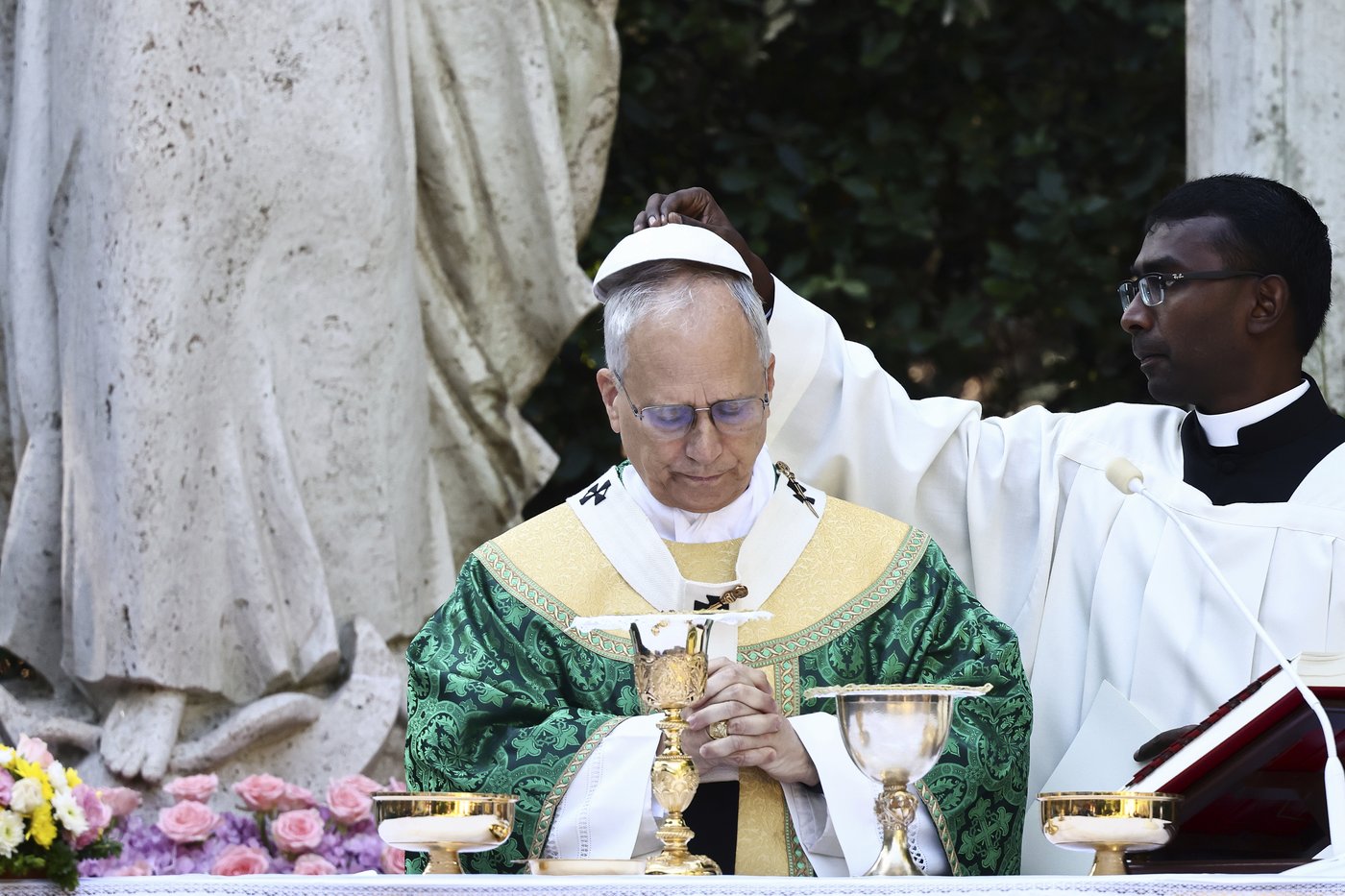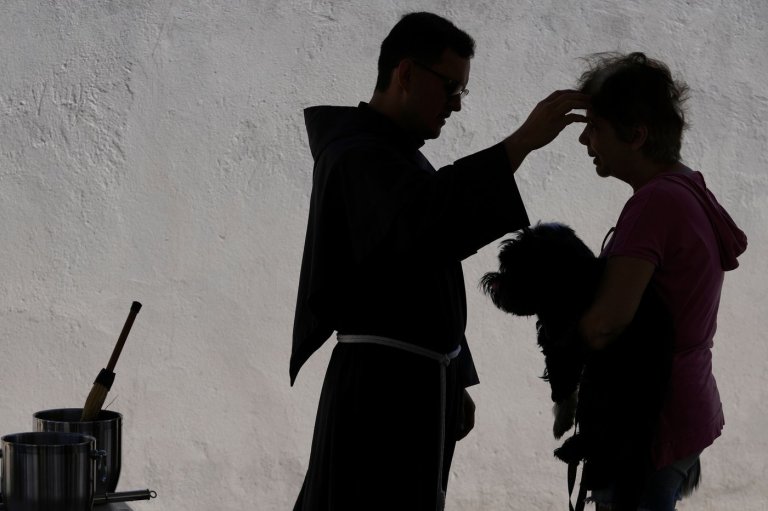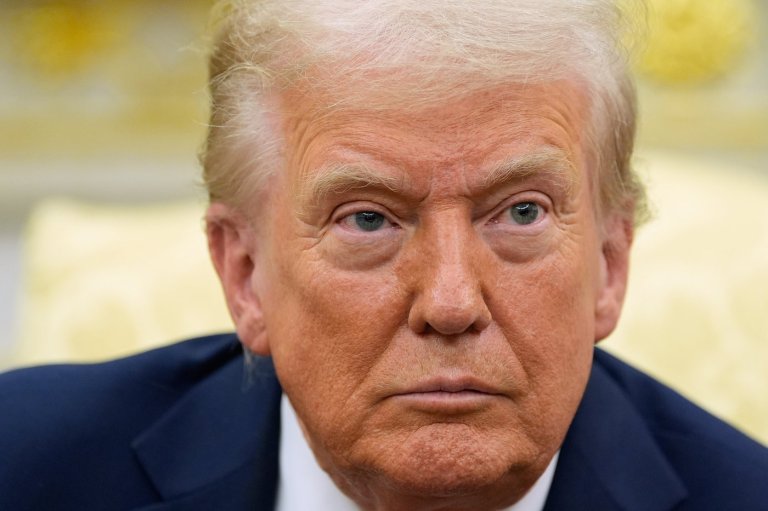
Vatican strikes solar farm deal to become the world’s first carbon-neutral state
ROME (AP) — Italy agreed Thursday to a Vatican plan to turn a 430-hectare (1,000-acre) field north of Rome, once the source of controversy between the two, into a vast solar farm that the Holy See hopes will generate enough electricity to meet its needs and turn Vatican City into the world’s first carbon-neutral state.
The agreement stipulates that the development of the Santa Maria Galeria site will preserve the agricultural use of the land and minimize the environmental impact on the territory, according to a Vatican statement.
Details weren’t released, but the Vatican will be exempt from paying Italian taxes to import the solar panels, but won’t benefit from the financial incentives that Italians enjoy when they go solar. Italy, for its part, can use the field in its accounting for reaching European Union clean energy targets. Any excess electricity generated by the farm beyond the Vatican’s needs would be given to the local community, officials said, speaking on condition of anonymity because the agreement was not public.
Vatican officials have estimated it will cost under 100 million euros ($114 million) to develop the solar farm, and that once it is approved by the Italian parliament, the contracts to do the work could be put up for bids.
Vatican foreign minister Archbishop Paul Gallagher signed the agreement with Italy’s ambassador to the Holy See, Francesco Di Nitto. The Italian parliament must approve the arrangement since it has financial implications for the territory, which holds extraterritorial status in Italy.
The Santa Maria Galeria site has long been the source of controversy because of electromagnetic waves emitted by Vatican Radio towers located there since the 1950s. The once-rural site some 35 kilometers (20 miles) north of Rome is dominated by two dozen short- and medium-wave radio antennae that transmit news from the Catholic Church in dozens of languages around the globe.
Over the years as the area became more developed, residents began complaining of health problems, including instances of childhood leukemia which they blamed on the electromagnetic waves generated by the towers. The Vatican denied there was any causal link but cut back the transmissions.
Pope Francis last year asked the Vatican to study developing the area into a vast solar farm, hoping to put into practice his preaching about the need to transition away from fossil fuels and find clean, carbon-neutral energy sources.
Pope Leo XIV visited the site in June and affirmed that he intended to see Francis’ vision through. Leo has strongly taken up Francis’ ecological mantle, recently using a new set of prayers and readings inspired by Pope Francis’ environmental legacy.
In the 1990s at the height of the controversy over the radio towers, residents sued Vatican Radio officials, claiming the emissions exceeded the Italian legal limit, but the court cleared the transmitter. In 2012, the Vatican announced it was cutting in half the hours of transmission from the site, not because of health concerns but because of cost-saving technological advances in internet broadcasting.
___
Associated Press religion coverage receives support through the AP’s collaboration with The Conversation US, with funding from Lilly Endowment Inc. The AP is solely responsible for this content.

Join the Conversation!
Want to share your thoughts, add context, or connect with others in your community?
You must be logged in to post a comment.

















